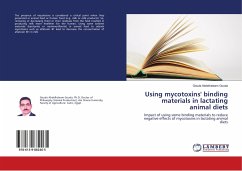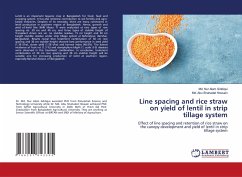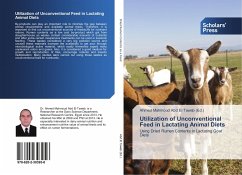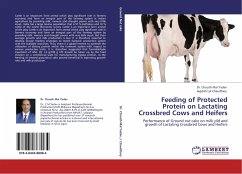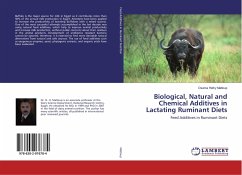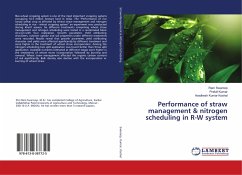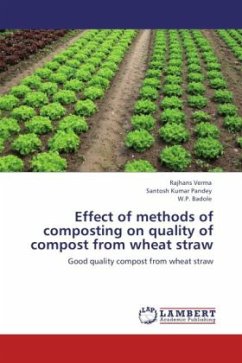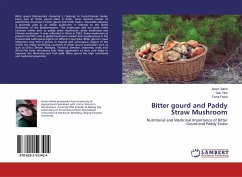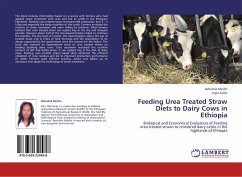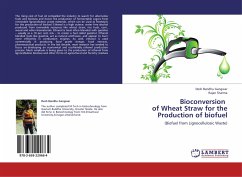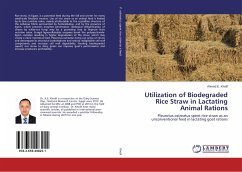
Utilization of Biodegraded Rice Straw in Lactating Animal Rations
Pleurotus ostreatus spent rice straw as an unconventional feed in lactating goat rations
Versandkostenfrei!
Versandfertig in 6-10 Tagen
47,99 €
inkl. MwSt.

PAYBACK Punkte
24 °P sammeln!
Rice straw, in Egypt, is a potential feed during the fall and winter for many small-scale livestock owners. Use of rice straw as an animal feed is limited by its low nutritive value, mainly attributable to the crystalline structure of the cellulose fibrils surrounded by hemicellulose, and by the presence of lignin, which prevents enzymes penetration. Biological delignification of straws by white-rot fungi may be a promising way to improve their nutritive value. Fungal lignocellulolytic enzymes break the polysaccharide-lignin complex resulting in higher degradation of the straw, which may creat...
Rice straw, in Egypt, is a potential feed during the fall and winter for many small-scale livestock owners. Use of rice straw as an animal feed is limited by its low nutritive value, mainly attributable to the crystalline structure of the cellulose fibrils surrounded by hemicellulose, and by the presence of lignin, which prevents enzymes penetration. Biological delignification of straws by white-rot fungi may be a promising way to improve their nutritive value. Fungal lignocellulolytic enzymes break the polysaccharide-lignin complex resulting in higher degradation of the straw, which may create a more nutritious feed. Pleurotus ostreatus fungi can grow on straw and decompose its structural carbohydrate and reduce indigestible cell wall components and increase cell wall digestibility. Feeding biodegraded (spent) rice straw to dairy goats can improve goat's performance and increase producers profitability.



